It may not be easy to spot or describe an Arts and Crafts garden at…
Lindisfarne Castle
I was so excited to visit Lindisfarne Castle and the Holy Island, a place that has been on my list for years. Let me show you around the castle as well as the village.
Getting to the Holy Island and Lindisfarne Castle
Lindisfarne Castle was built on Holy Island, near Berwick-upon-Tweed, Northumberland, England, and rebuilt by Sir Edwin Lutyens in 1901. The island is accessible at low tide by a 5km long causeway. This is such a fun part of the journey. You must check the tide times before your visit.
Once you reach the island, you have to park in the village main car park. You then make your way to the castle on foot. The road leads through the village where you can also visit Lindisfarne Priory.
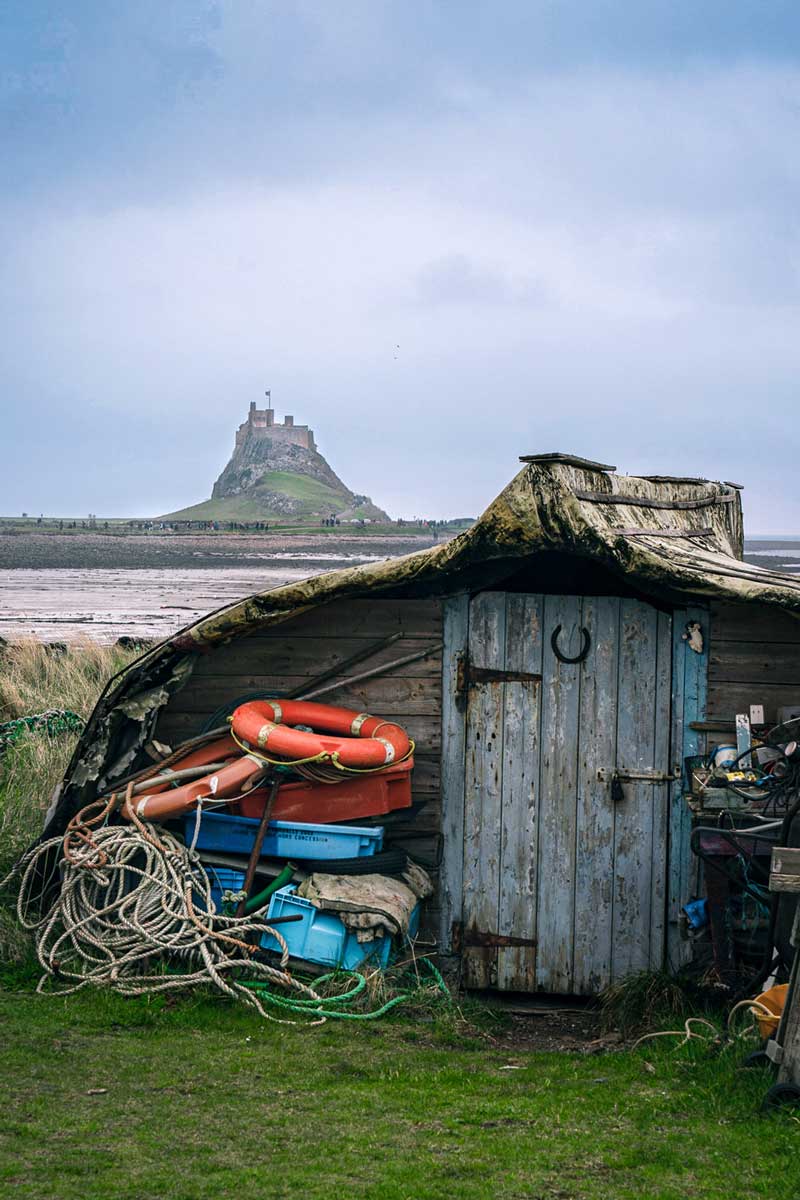
Lidisfarne Castle
The Holy Island was home to a monastery, which was destroyed during the Viking invasions but re-established as a priory after the Norman conquest of England.
The castle was refurbished by the famous 20th century architect Sir Edward Lutyens in Arts and Crafts style for the founder of the Country Life magazine, Edward Hudson.
Lutyens turned the rugged ruins into a castle and holiday home. He created hidden staircases, maze-like passages and applied stylish finishing touches.
Stepping into the Entrance Hall it feels like a real castle and being surrounded by history. It feels original, as if the castle was always meant to be there. That’s why I think Lutyens triumphed with his design.
The kitchen and the scullery
To the left is the kitchen and scullery which he designed to be efficient and attractive. A local couple, Jack and Hannah Lilburn lived and worked in the Castle. The kitchen and the scullery became their main domain.
The dining room
To the right off the corridor is the the Dining room which fairy-tale vibes. I must say, I was blown away by it. It’s difficult to describe the ambience of the place – I suppose you really have to be there. But I can say this: it’s quirky, it’s unusual and bohemian. Note the different features in the room such as the bread oven and the tracery window with the 17th century Flemish stained glass.
The Ship room
At the end of the corridor is the Ship Room which was used as a drawing room. Hudson entertained here and threw parties. His guest involved members of the Bloomsbury Group, musicians and even royalty.
But the castle wasn’t up to everyone taste – allegedly it was a bit like marmite. Guests either loved or hated it. One thing Lutyens design lacked was modernity: gas and electricity wasn’t installed and there was only one bathroom. (A second one was added much later.) So I sort of can understand where those who didn’t enjoy their stay came from.
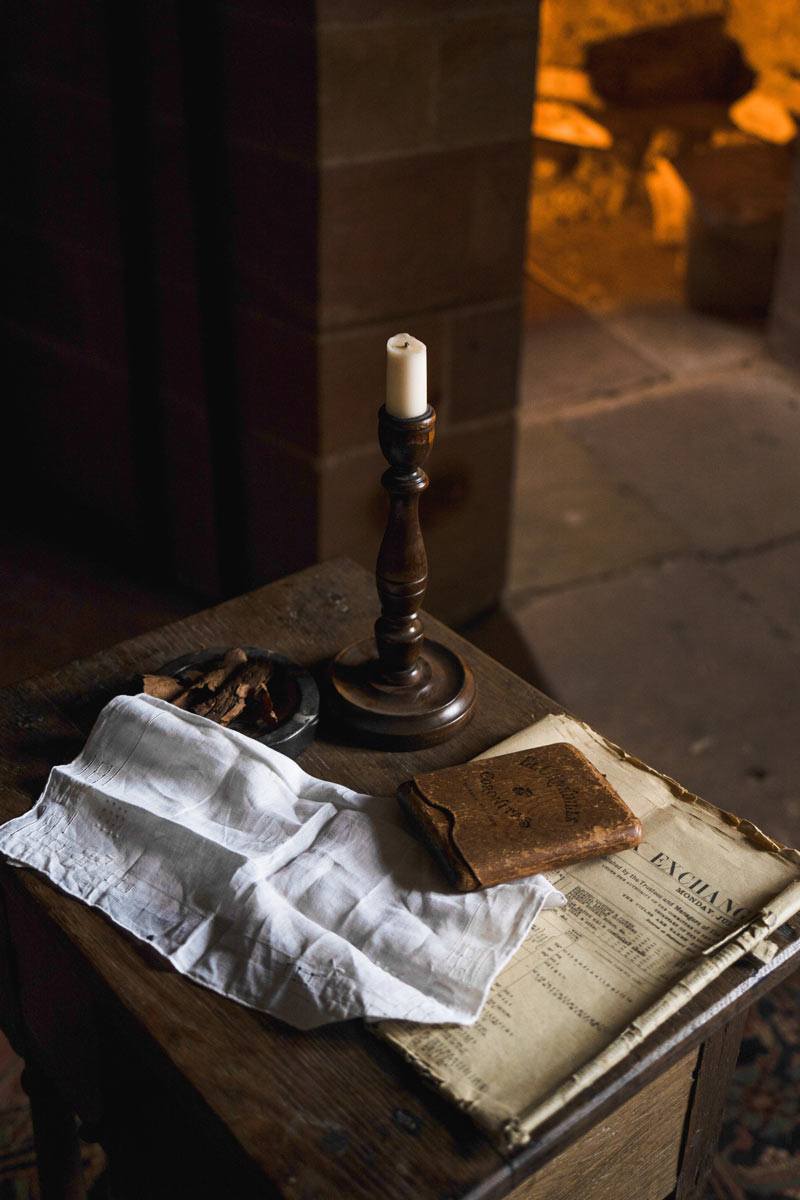
The Long Gallery and bedrooms
The long stairs connect the ground floor with the upper floor: the Long Gallery which provided access to the North, West and East bedrooms. The Upper Gallery was often used for concerts by the famous Italian cellist, Madam Suggia. (The bedrooms were extremely dark, hence no photos.)
The garden
The garden was designed by the brilliant arts and Crafts garden designer Gertrude Jekyll, who often worked together with Lutyens on projects. Her ambitious plan included a croquet lawn, a tennis court and two gatehouses. These were never built due to costs.
First she considered a kitchen garden with vegetables, but then she decided to plant flowers in the walled garden. She used silvery grey foliage to echo the stone of the castle and planted colourful flowers. The garden was designed to be at its best from July to September when Hudson spent time here.
Because of the distance from London as well as running costs, Hudson decided to sell Lindisfarne Castle in 1920. After Hudson the castle had two more owners before it was given to the National Trust in 1944.
The castle’s effect
There’s something bittersweet about Lindisfarne Castle. I can see why Hudson was excited about creating a holiday home here. But I can also see how unsustainable it must have been being based in London. What a shame he had to sell…
Nevertheless, Lutyens did manage to create a special space. Is it eccentric? Maybe. Is it interesting? Absolutely. Would I like to spend a night there in spite of the rugged interior? Yes. How about you? Would you stay for a night?
New here? Subscribe to England’s Puzzle blog via email.

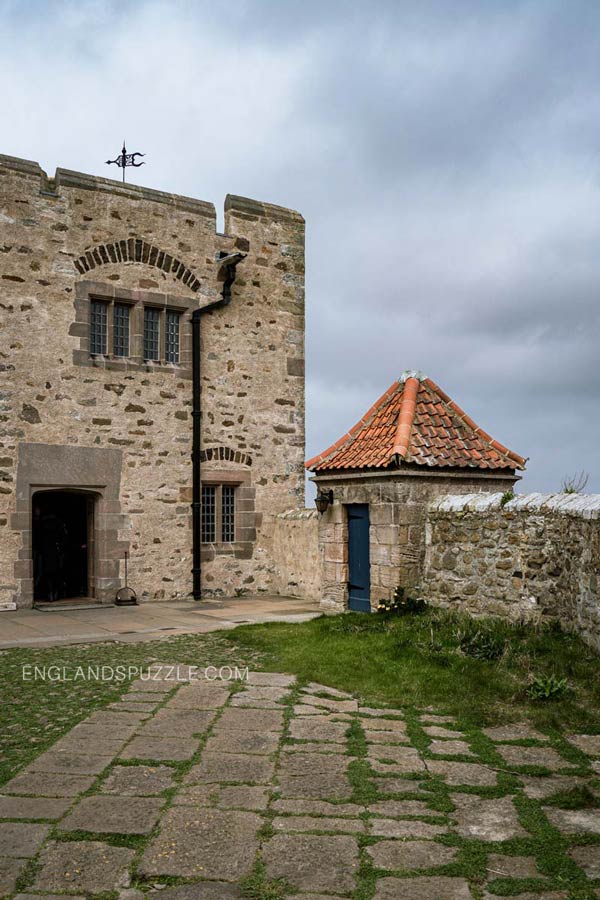
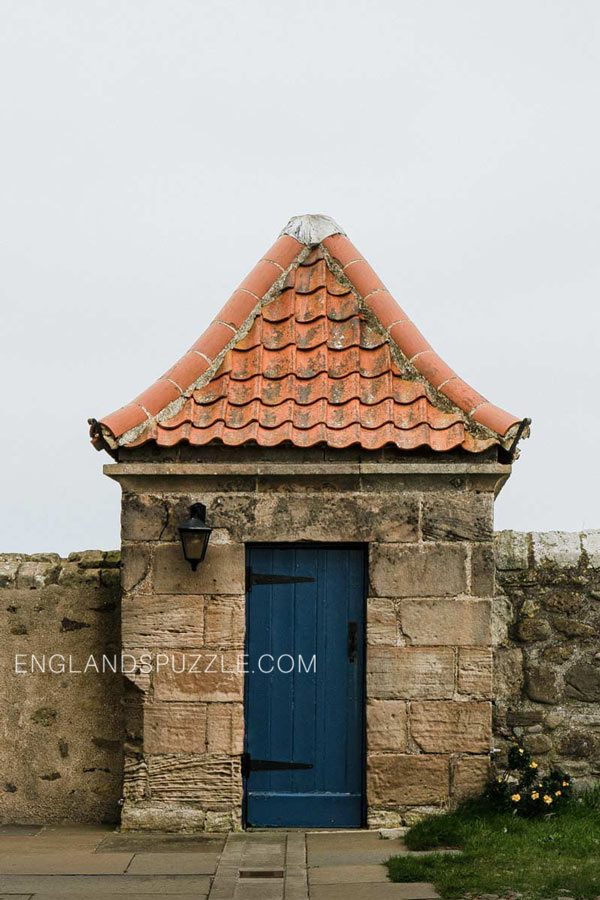

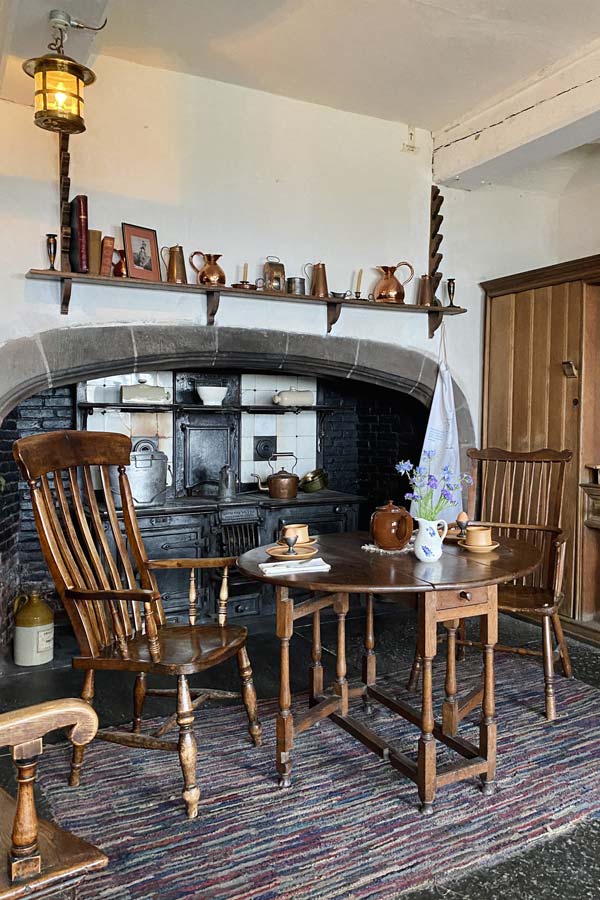
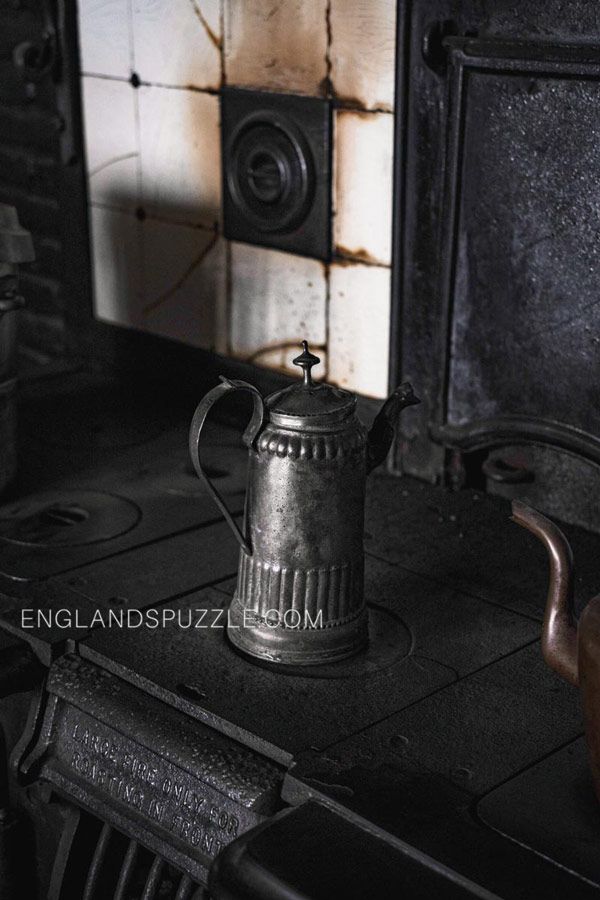
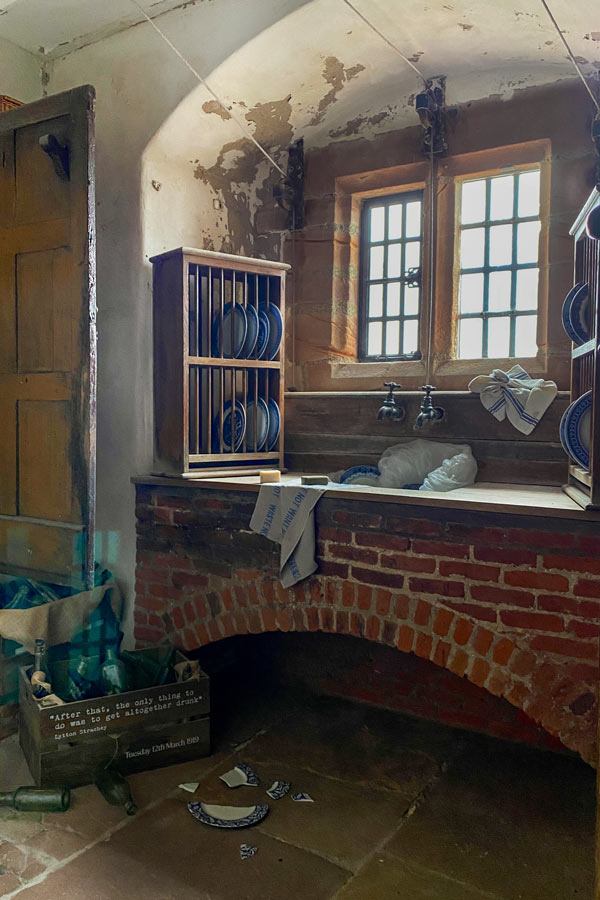
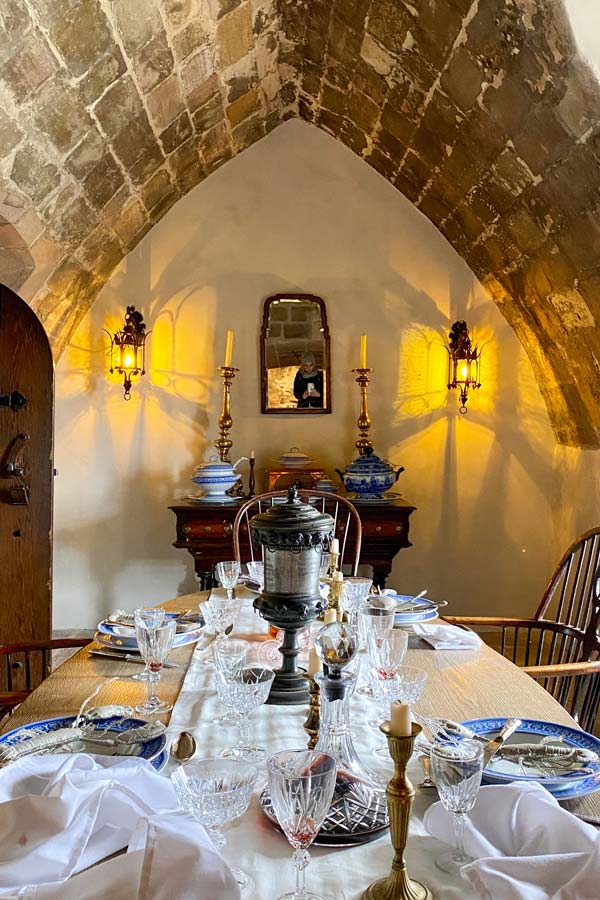
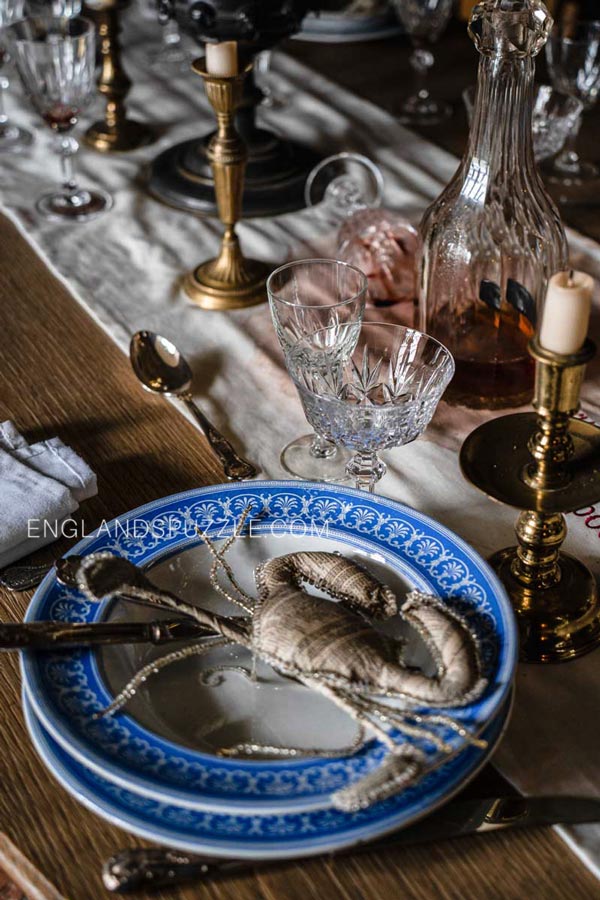
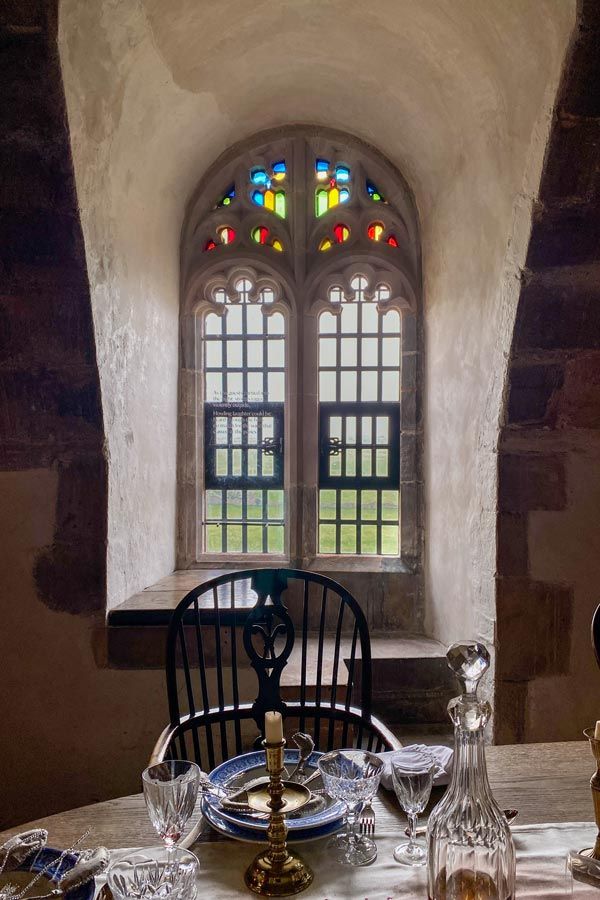
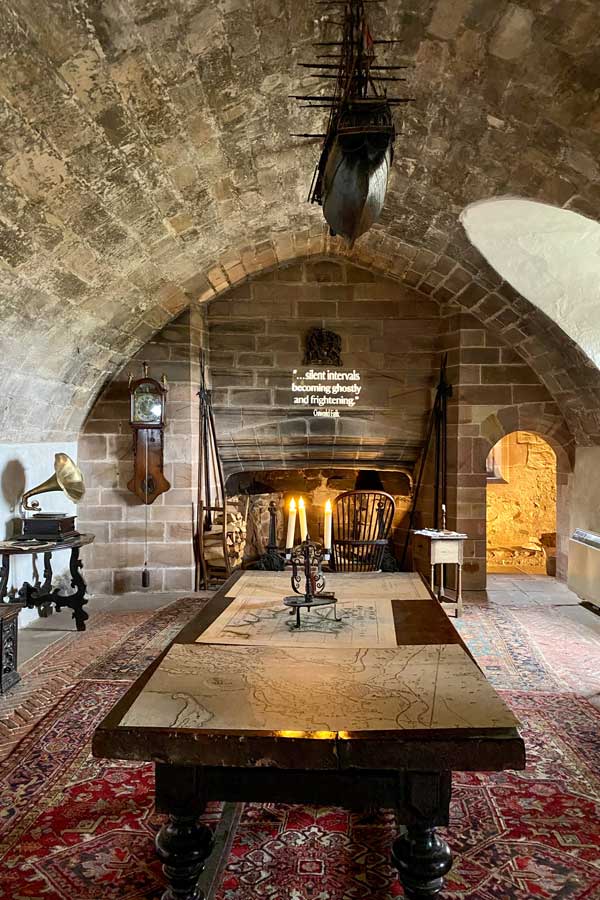
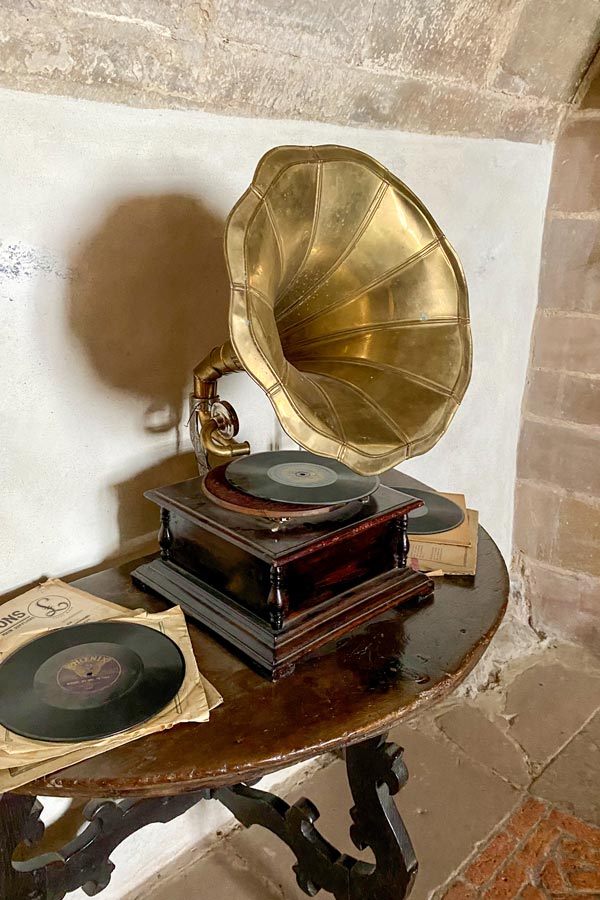
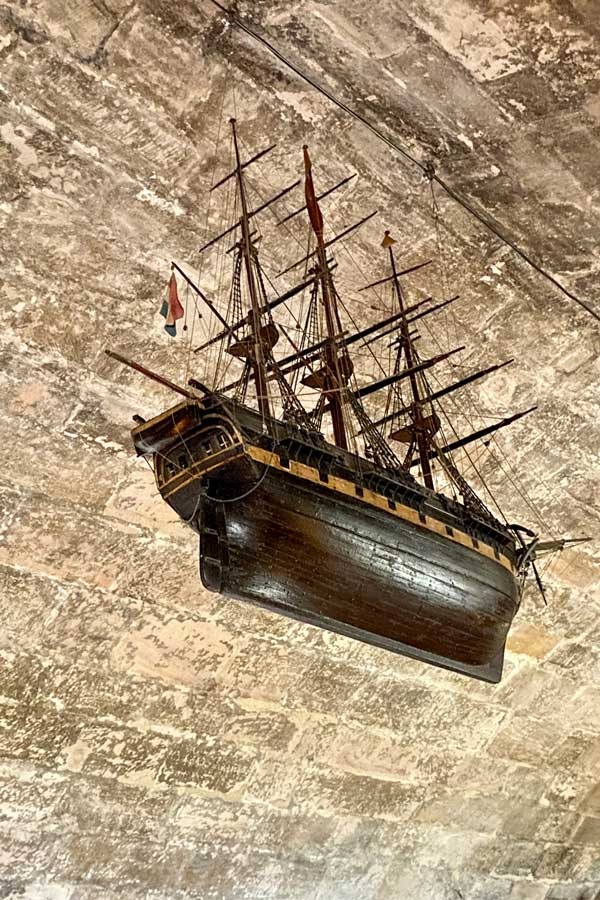
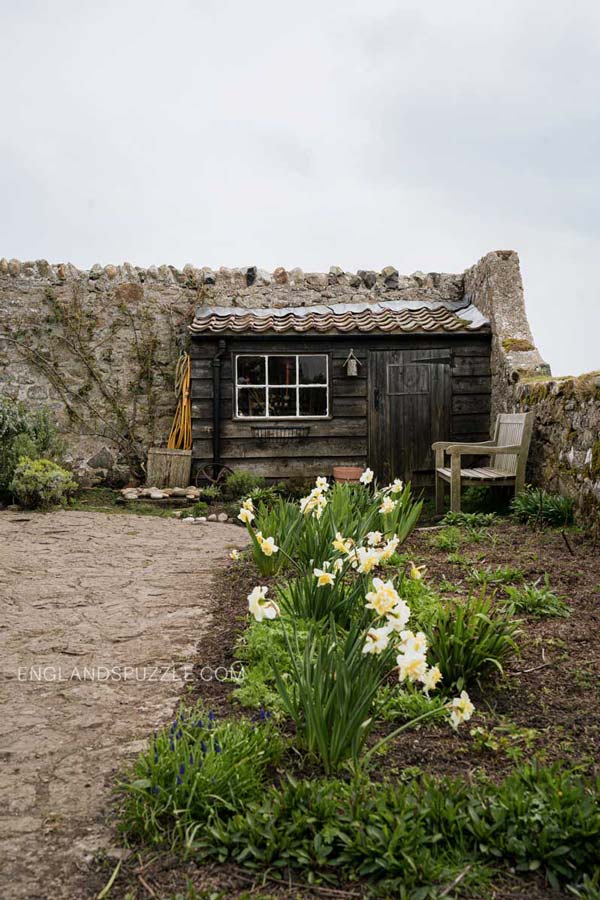
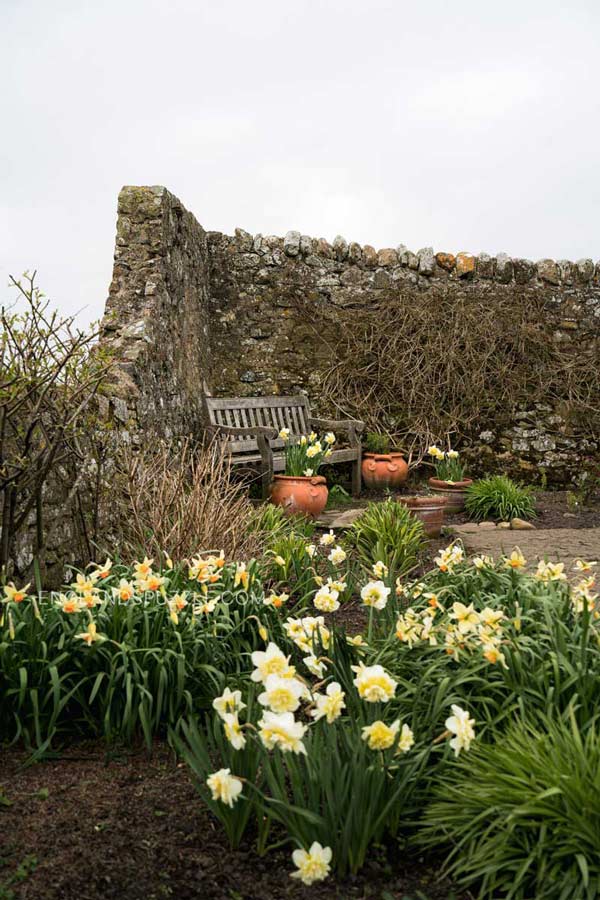
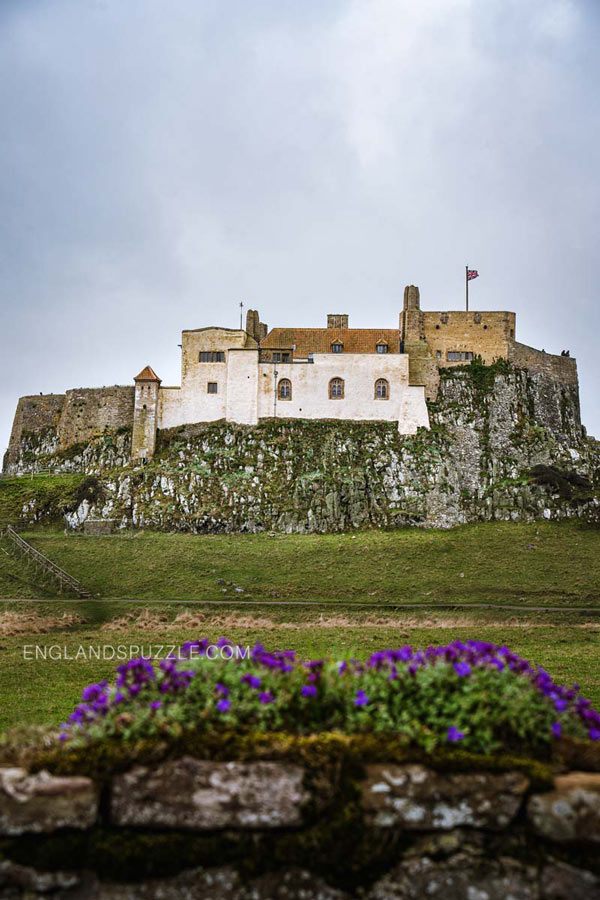
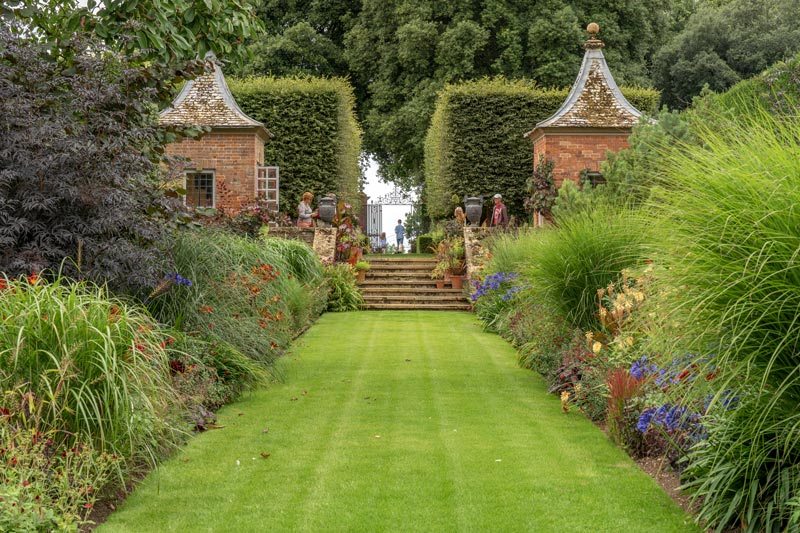
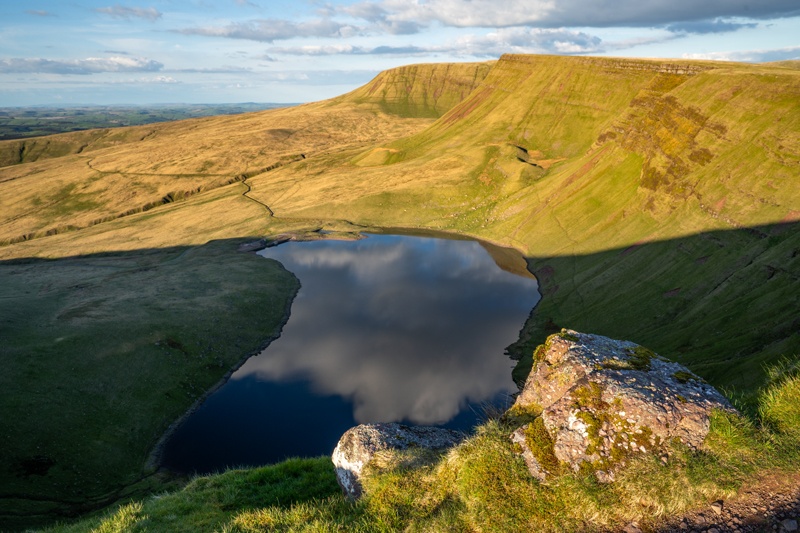
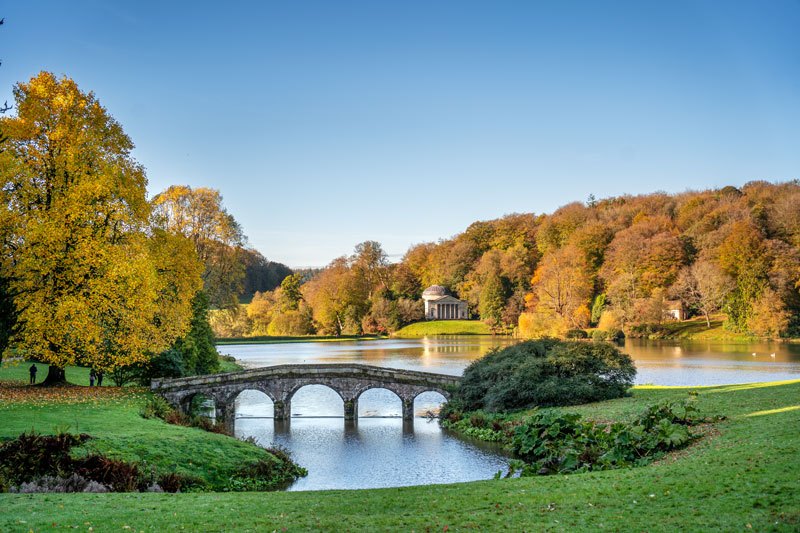
Comments (0)